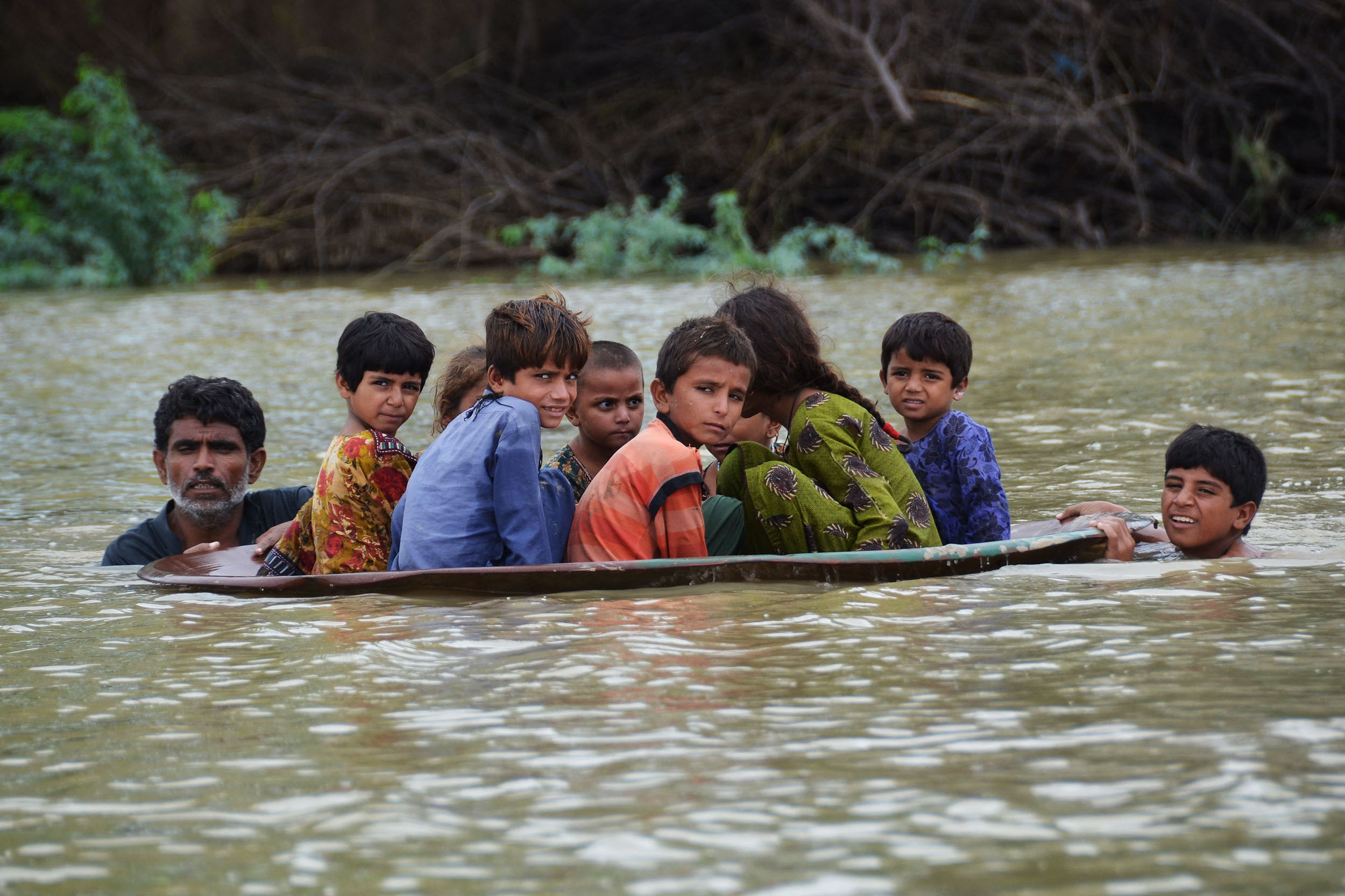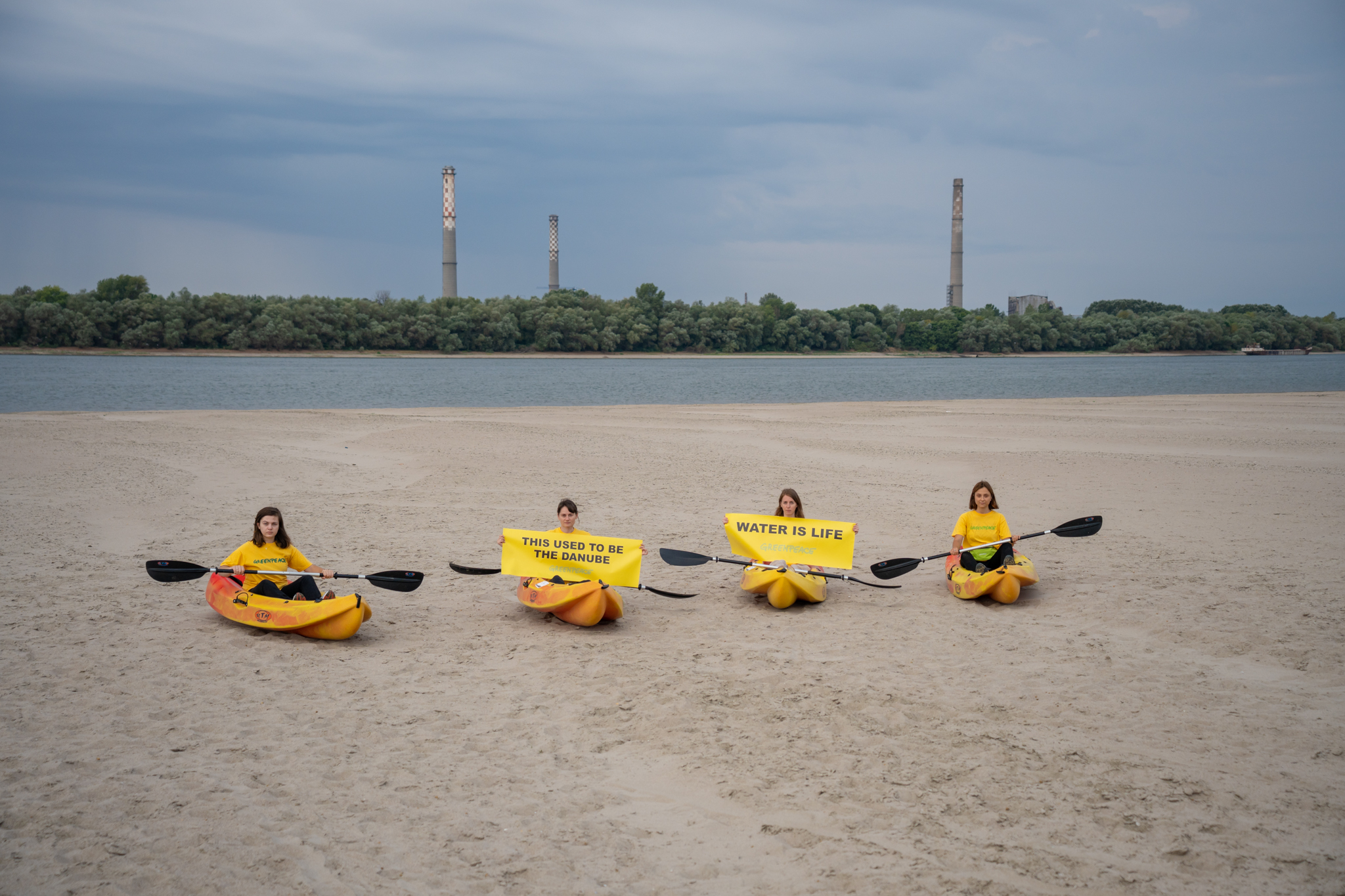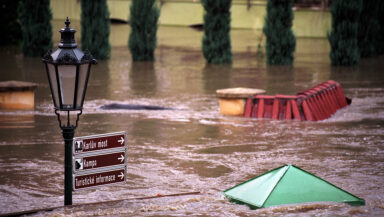Whether you cursed or loved the UK’s hot summer, there’s no shying away from the changes in our environment. Climate change and extreme weather affects us all and unfolds unequally across the world. Yet climate disasters are often reported in isolation. We hear about one after another in a parade of bad news. We hear about the lives lost, the places destroyed and the urgent appeals for aid. It seems like it’s getting worse. But rarely do news reports give us time to grasp the scale of what’s happening.
If this summer or its headlines left you reeling, this article might make you even angrier. We’re delving into the summer’s environmental events to look at how the climate crisis is unfolding in front of us. It’ll be bleak reading at times, but I want you to bear with me. Because here’s the thing: there is a short time to do something to stop the worst impacts. But we won’t want to take action if the climate crisis seems abstract, instead of something happening now. Welcome to 2022’s summer snapshot.

A man and boy use a satellite dish to move children across a flooded area. Heavy monsoon rains pounded parts of Pakistan in August, and affected millions of people. © Fida Hussain / AFP / Getty
Floods in Pakistan destroyed millions of homes
After eight weeks of non-stop rain, severe flooding has devastated Pakistan. Over 1000 people are dead and millions have lost their homes. Flash flooding and destroyed river banks are two reasons for the high death toll. This monsoon has caused an enormous human disaster.
Pakistan is vulnerable to climate change. Its location means it can experience heatwaves and drought, and intense rains. Pakistan is also home to the most glaciers (huge ice sheets) in the world outside of the north and south pole, which can melt as the world gets hotter. Although Pakistan does get monsoon rains, the amount of rain this year was above average. Heavy rainfall and burst river banks made this year’s flooding extreme.
So is climate change to blame for this “monster monsoon”? Scientists say it’s likely. A rapid study suggests that rainfall may have been more intense due to global warming – a “monsoon on steroids”. This echoes analysis of Pakistan’s 2010 ‘superflood’ that “was made more likely by global heating, which drove fiercer rains.”

Rubble and destruction of a UK housing estate after a large blaze. Fires broke out as the UK experienced a record-breaking heatwave. © Leon Neal / Getty
Record heat and more wildfires in the UK
The UK had two heatwaves this summer. It experienced its hottest temperature yet, hitting a new record-high of 40.3ºC. For some, it’ll have felt like a sunny holiday from the grey drizzle Britain is famed for. But for others, the sweltering levels of heat were difficult at best and life-threatening at worst.
As well as extreme heat, the UK has had 745 wildfires so far – more than the whole of 2021. UK wildfires may not be as extreme as places like Australia or North America, but they’re still tricky for firefighters to deal with.
How much of the UK’s heatwave was down to climate change? Well, recent analysis found climate change made the heatwave at least 10 times more likely and 4ºC hotter – and that’s a conservative estimate.
Extreme heat isn’t just happening in the UK. Earlier this year, India and Pakistan suffered intense and record-breaking temperatures. Scientists say these were 30 times more likely thanks to climate change. Their 2010 heatwave was made 100 times more likely by the climate crisis. Did you get that? 100 times! Likewise, scientists found the extreme heat in Canada and the US in 2021 was also “virtually impossible” without climate change.








